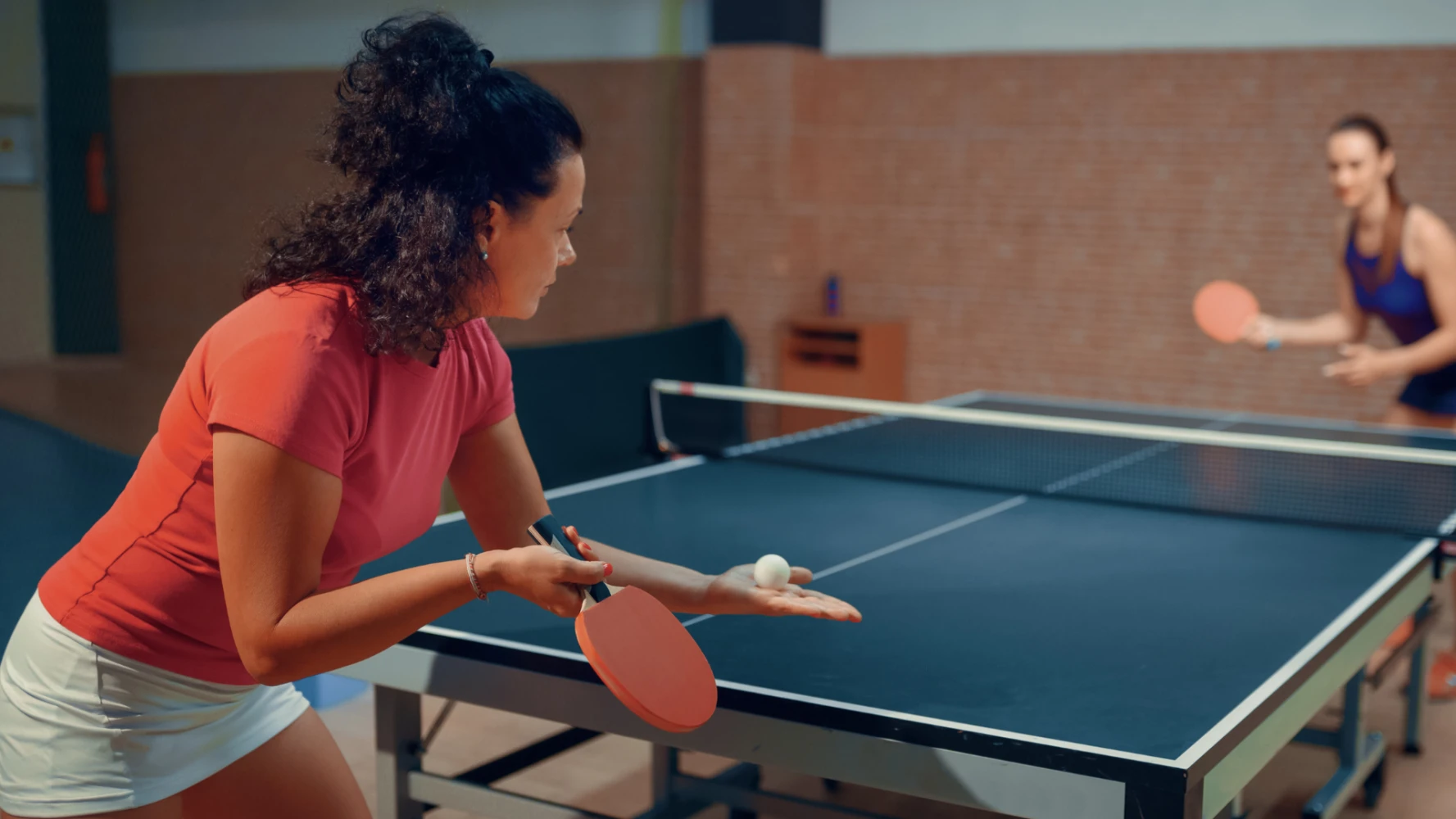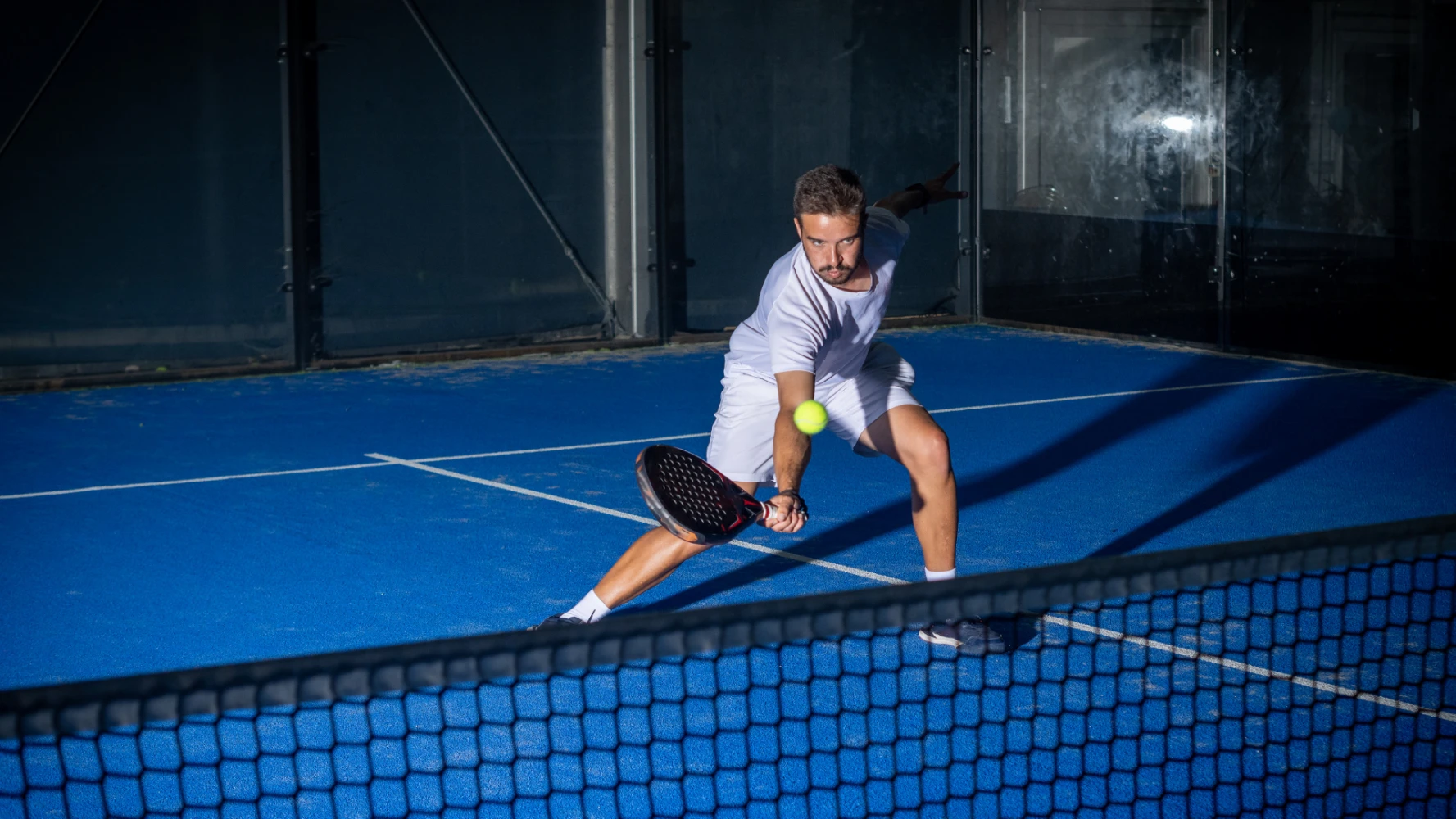Pickleball is often perceived as a game of volleys and dinks at the kitchen. However, the serve is the first shot of the rally, the one that dictates the subsequent strategy. With the evolution of rules and the introduction of the drop serve, the serve has become a subtle weapon used not to win the point directly, but to set up the attack and put the opponent in difficulty before their return.
The Drop Serve: A Technical Revolution
Historically, the serve was executed underhand with an upward motion. The introduction of the drop serve has given the server more control.
The Drop Serve Rule: The server releases the ball and lets it bounce before hitting it. This technique guarantees an underhand hit and allows for better control of the impact point.
Spin Control: The drop serve is ideal for generating a slight slice or backspin. A sliced ball slows down in the air and bounces lower, forcing the receiver to hit the "second bounce" lower, which makes their return more defensive.
Impact Height: By controlling the height of the bounce, the server can hit the ball lower on the paddle face, maximizing spin generation and reducing the risk of a fault.
The Fundamental Strategy: Targeting the Weak Shot
The main goal of the serve is to force the receiver into a weak return, which facilitates the subsequent third shot drop.
Target the Backhand: As in many racket sports, the backhand is often the weakest or least aggressive shot. A regular and deep serve on the opponent's backhand often forces a weak return, ideal for the third shot drop.
Target the Center Line: Aiming for the middle of the court (center line) creates confusion between the two players in doubles. This forces quick communication and increases the risk of one player hitting the ball off-balance.
The Long and Deep Serve: The serve should always land near the baseline. This forces the receiver to step back, preventing them from advancing to the net and maximizing the distance they will have to travel after their return to position themselves.
Partner Positioning After the Serve
In doubles pickleball, the server's partner has an immediate and essential role.
The Partner Stays Forward: The partner ideally stands on the Non-Volley Zone line (kitchen line). Their role is to be ready to intercept any high or short return, and to maintain the offensive presence at the net.
The Server Advances After the Hit: After hitting the serve, the server must immediately position themselves to advance. The objective is to reach the Non-Volley Zone line as quickly as possible (after the second bounce has occurred) to join their partner.
The Third Shot Rule: All positioning is orchestrated for the third shot: either the server plays a drop to reach the net, or they play a powerful drive to force a high volley from the opponent.
Conclusion: The Serve is an Invitation to Attack
In pickleball, the serve is much more than a simple put-in-play. It is the first step of a strategic sequence: forcing a weak return, reaching the Non-Volley Zone line, and taking control of the rally. Mastery of the drop serve and aggressive partner positioning transform this first shot into a targeted invitation to attack, giving your pair the psychological and tactical advantage.




Comments